
World
08:43, 17-Jul-2018
African migrants in Spain tell of harrowing journeys
Updated
08:29, 20-Jul-2018
By Alan B. Goodman
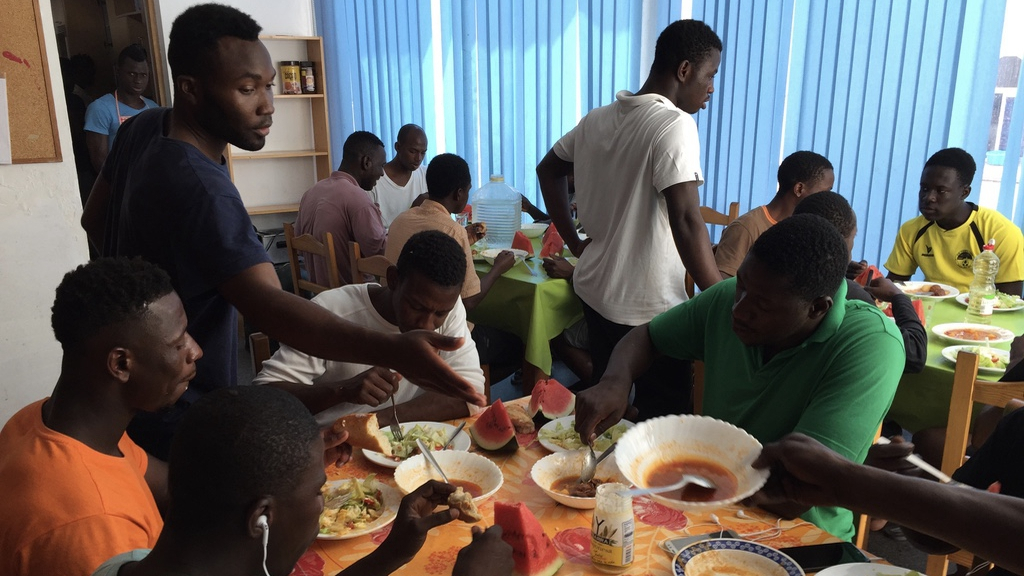
Each of the 45 sub-Saharan Africans at the Tartessos migrant center in southern Spain has a harrowing tale of their long journeys from home to Europe.
The center is run by the Roman Catholic Church diocese in the historic port of Cadiz, where Spain approved its first democratic constitution in 1812.
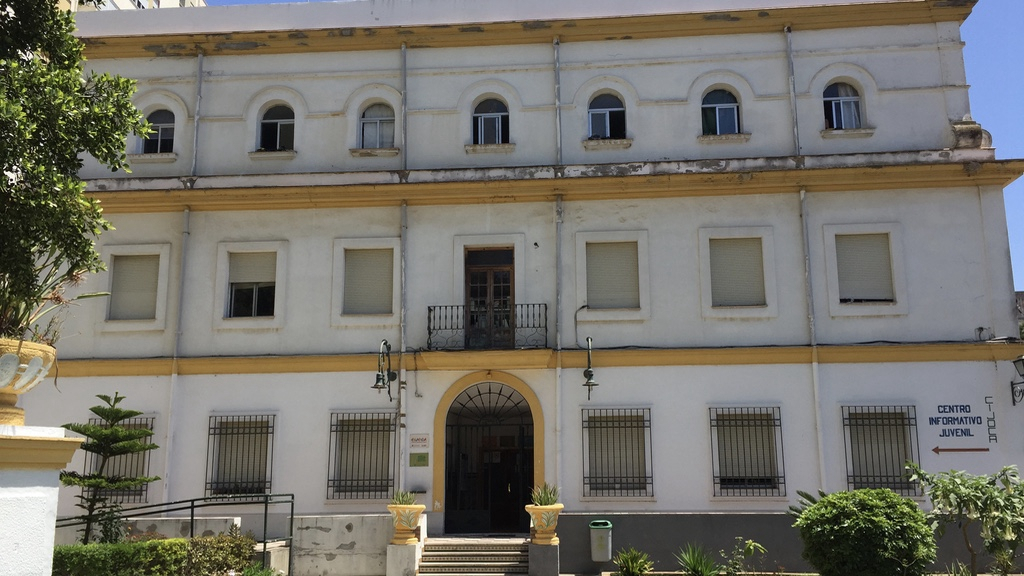
The façade of the Tartessos migrant center in Cadiz, Spain. /CGTN Photo
The façade of the Tartessos migrant center in Cadiz, Spain. /CGTN Photo
This year, as fresh waves of migrants arrive on Europe’s shores – especially in Spain, Italy and Greece – there is division among European Union democracies on how to handle the influx. The far-right Italian Interior Minister has placed sharp restrictions on migrant entries, while the new Spanish Socialist government has accepted boatloads of migrants turned away by Italy and Malta.
But the geopolitics is not the main thing on the minds of the migrants at the Tartessos center. Their survival, along with gaining a foothold in Europe, is.
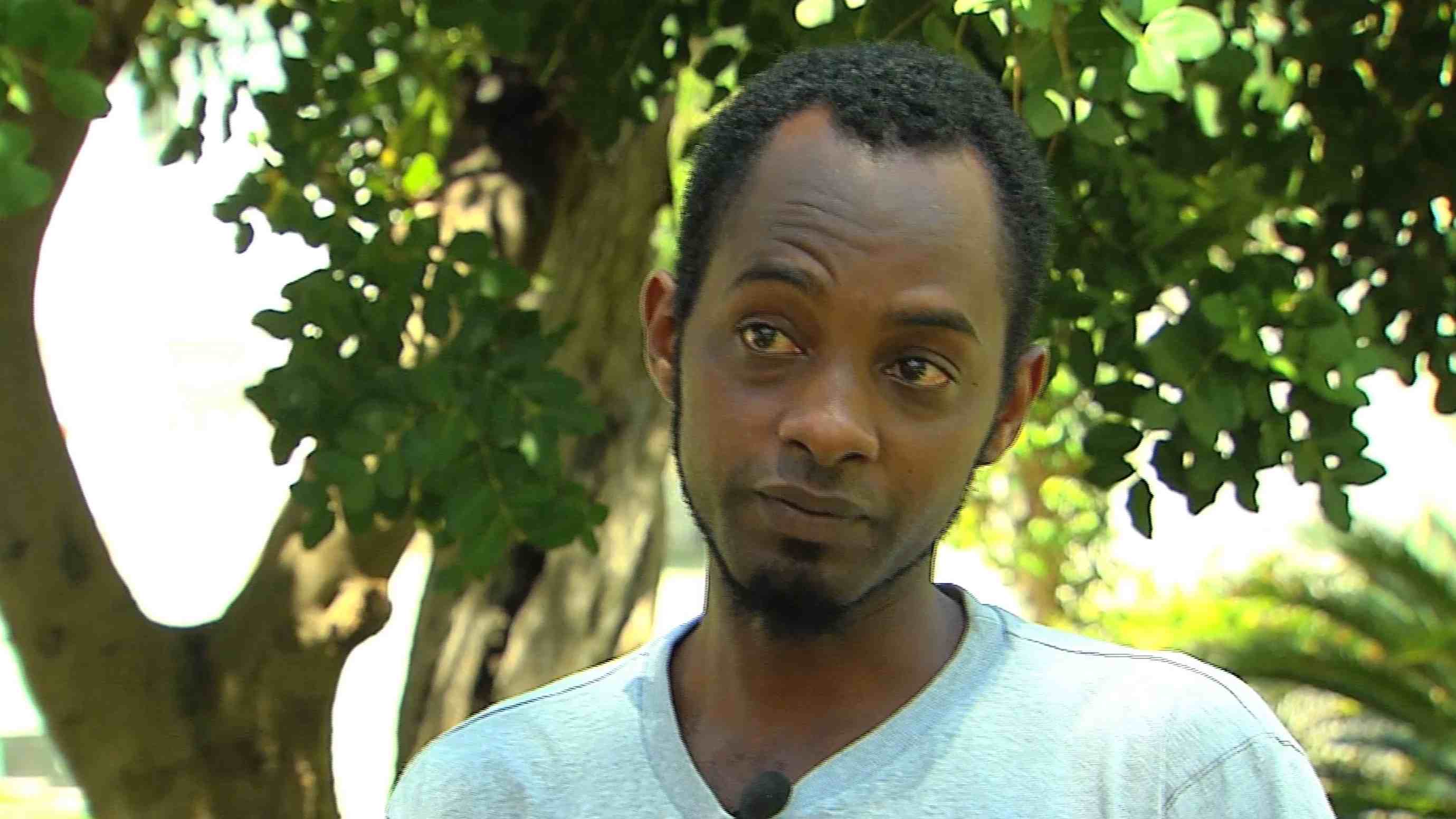
Amaduwurie Jalloh, a migrant from Sierra Leone in Spain. /CGTN Photo
Amaduwurie Jalloh, a migrant from Sierra Leone in Spain. /CGTN Photo
Amaduwurie Jalloh is a slender 23-year-old man who said he left Sierra Leone one year ago after his mother died. In Mali he said he was captured by bandits, whose faces were covered except for their eyes, demanding a 1,500 US dollar ransom payment and threatening to kill him if they weren’t paid. He set things up as if to arrange a bank transfer, but then managed to escape with others.
They crossed into Algeria where he worked for three months in construction and finally made it to neighboring Morocco, sleeping in forests until he and six others got into a flimsy boat, without a motor, and started rowing for Spain. It was soon sinking. The two teenage minors in the group had mobile phones and made desperate calls before they were rescued by a Spanish ship.
Speaking in English, he said he’s unsure where in Europe he’d like to go, but his goal is to send money back home to Sierra Leone so his 10-year-old sister, now in an orphanage, can get a good education.
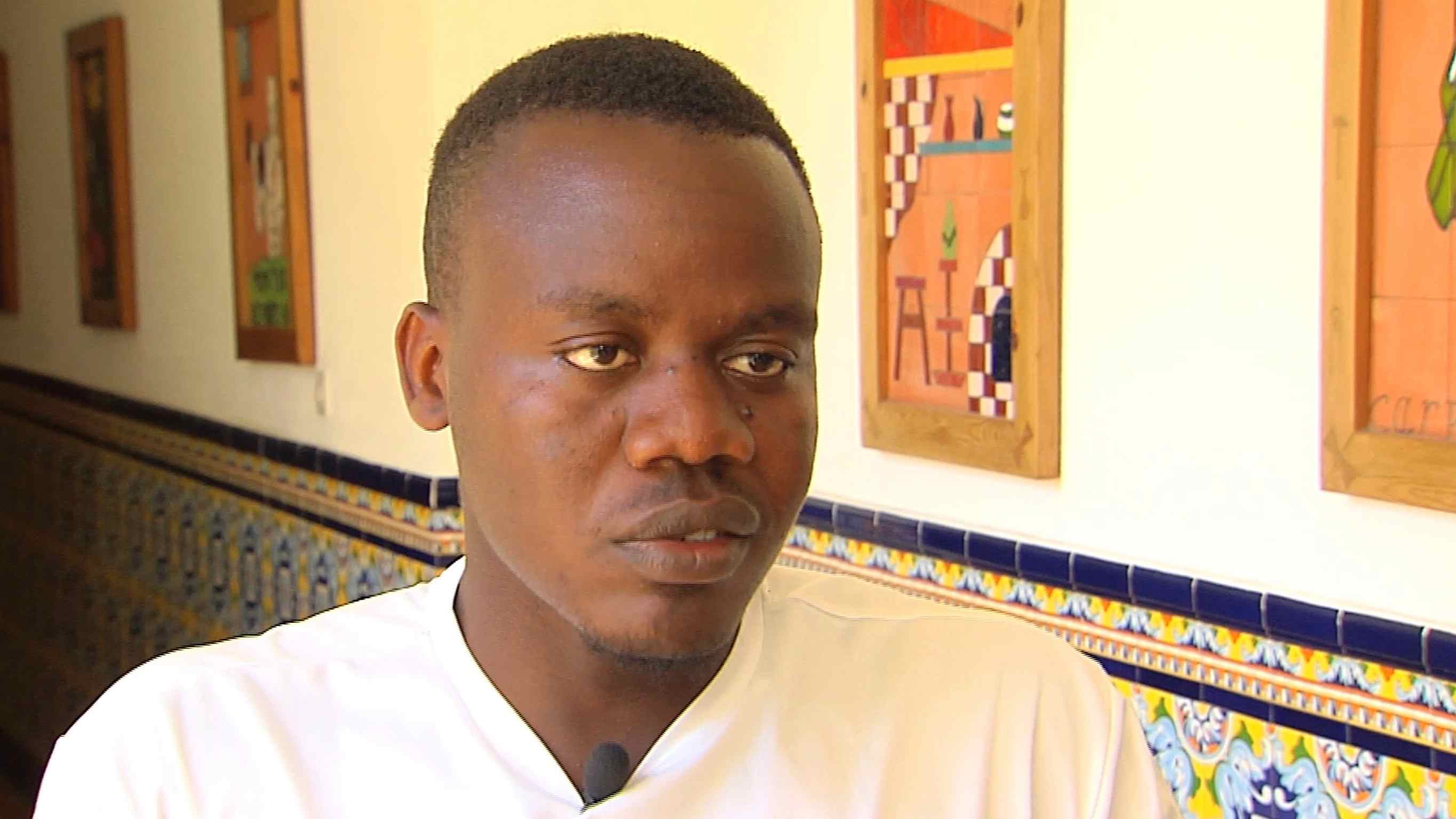
Tsatia Afafack Martial, a migrant from Cameroon in Spain. /CGTN Photo
Tsatia Afafack Martial, a migrant from Cameroon in Spain. /CGTN Photo
Another migrant at the center is Tsatia Afafack Martial, 25, from Cameroon, whose route took him eventually to the high fence, topped with razor wire, at the Spanish city Ceuta, which is European territory, on Morocco’s north coast.
Speaking in Spanish, Martial said he attempted to scale that fence with a crowd of migrants in December 2015, when he saw a colleague fall off the fence to his death. Martial said he also fell, badly injuring his right elbow and arm, which he still can’t move easily and which awaits surgery.
He eventually made it into Spain on a sea crossing.
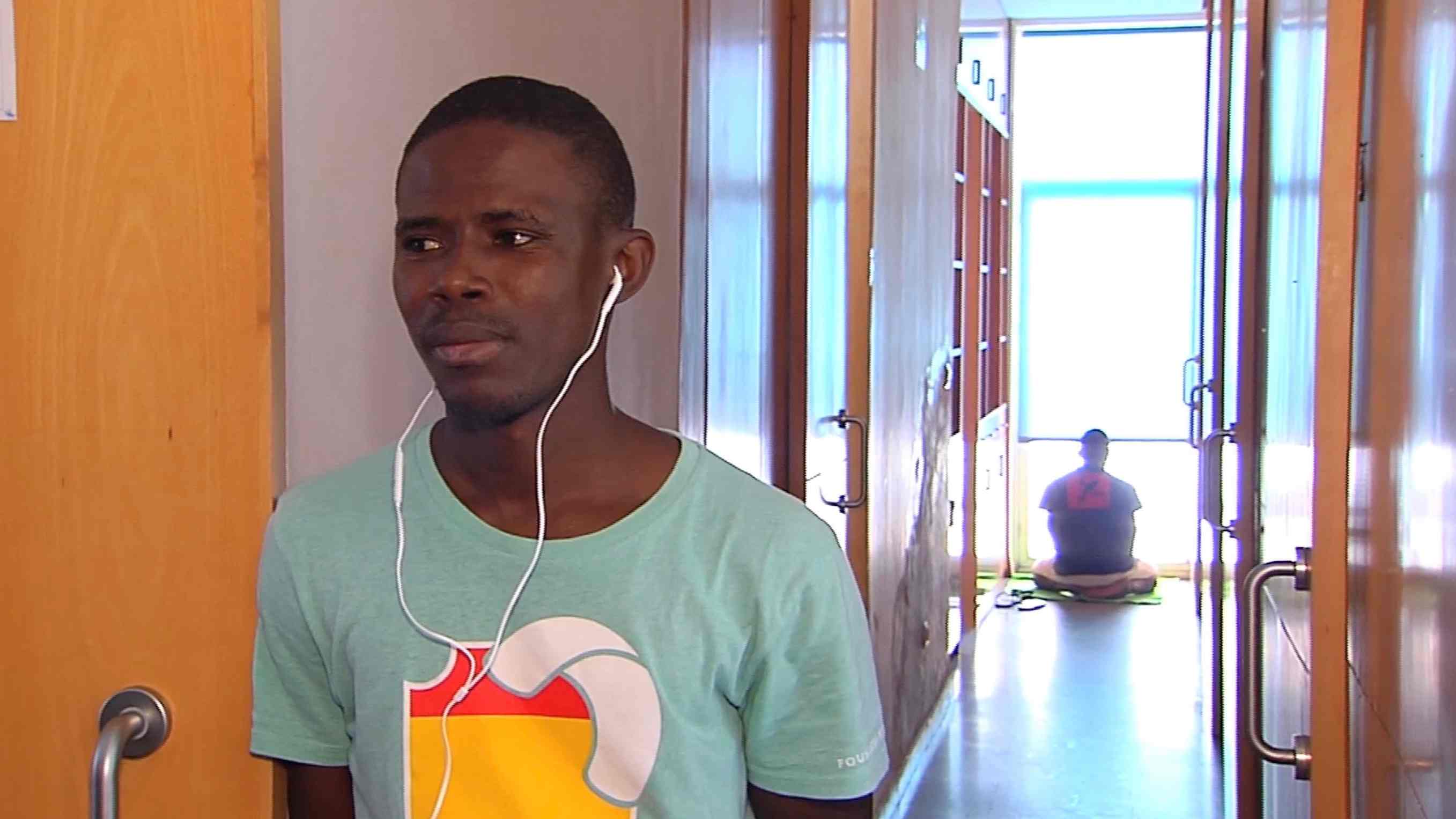
Jerome Abdoumi Guessant, a migrant from the Ivory Coast in Spain. /CGTN Photo
Jerome Abdoumi Guessant, a migrant from the Ivory Coast in Spain. /CGTN Photo
His colleague, Jerome Abdoumi Guessant from the Ivory Coast, still has bandages on his right leg which was badly injured during his sea crossing. Speaking in French, Guessant said that in high waves, a woman sitting nearby in the boat was suddenly swept into the sea. Guessant jumped in to save her and after a struggle, he managed to get her back onto the boat. But as he was trying to climb back in, there was a misunderstanding and when someone turned the boat’s engine on, the propeller cut twice into Guessant’s leg.
The men stopped telling stories as the cooks at the migrant center announced it was time for lunch. Other migrants, who had been watching sports news about the World Cup on television in the salon, also headed to the small dining hall, where the men took nourishment and planned their next moves in Europe.
(Cover: Migrants have lunch at the Tartessos migrant center in Cadiz, Spain. /CGTN Photo)

SITEMAP
Copyright © 2018 CGTN. Beijing ICP prepared NO.16065310-3
Copyright © 2018 CGTN. Beijing ICP prepared NO.16065310-3